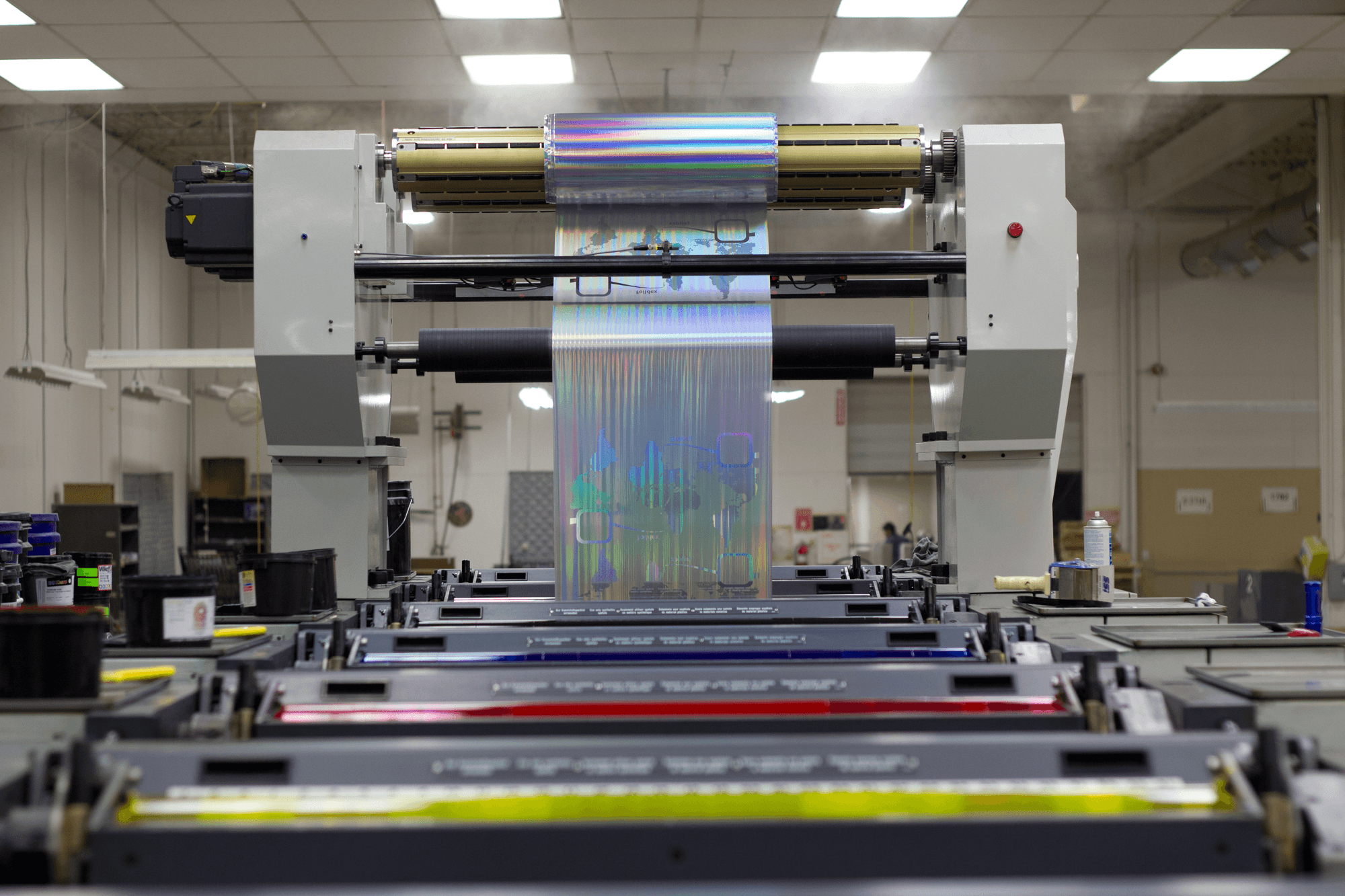Are you looking for a printing technology that not only produces high-quality results but also has a positive impact on the environment? Look no further than eco-friendly printing technology, specifically 3D printing. This innovative method offers numerous advantages in terms of sustainability. One of the key benefits of 3D printing is the production of lighter products, which can weigh up to 50 percent less than those made using traditional methods. This reduction in weight not only makes transportation more efficient but also leads to significant energy savings. With lighter products, less fuel is required for shipping, resulting in lower carbon emissions and reduced energy consumption. So, if you’re looking for a printing solution that combines quality and sustainability, 3D printing is the way to go. Its ability to create lighter products directly contributes to a greener future by minimizing the environmental impact of transportation.
The Need for Eco-friendly Printing Practices
Traditional printing methods have a significant impact on the environment. From the extraction of raw materials to the energy consumption during manufacturing processes, the printing industry contributes to carbon emissions and paper waste. As a result, there is a growing need for eco-friendly printing practices.
By adopting sustainable printing methods, businesses can significantly reduce their environmental footprint. Eco-friendly printing technology minimizes carbon emissions by utilizing energy-efficient processes and alternative energy sources. Additionally, it promotes the use of recycled materials and reduces the reliance on virgin resources.
One of the key benefits of eco-friendly printing is the reduction in paper waste. By implementing digital printing and green initiatives, businesses can minimize the need for printing plates and make printing projects more efficient. This not only saves on production costs but also reduces the amount of paper that ends up in landfills.
Furthermore, eco-friendly printing practices contribute to a healthier environment by reducing the release of harmful pollutants and organic compounds. This is particularly important in the case of traditional printing methods that often entail the use of secondhand printing fumes.
Environmental Impacts of Traditional Printing
Traditional printing methods have significant environmental impacts, contributing to carbon emissions, paper waste, and high energy consumption in the printing industry. The reliance on non-sustainable materials and the conventional printing process exacerbate these negative effects on the environment.
The carbon emissions associated with traditional printing result from the use of energy-intensive processes and the burning of fossil fuels. This further contributes to climate change and air pollution. In addition, the excessive consumption of paper in the printing industry leads to substantial paper waste. Much of this waste ends up in landfills, where it decomposes and releases harmful greenhouse gases.
Moreover, the traditional printing process consumes a significant amount of energy, primarily derived from non-renewable sources. This not only depletes valuable resources but also increases the carbon footprint of printing operations.
Benefits Of Eco-friendly Printing Technology
Eco-friendly printing technology offers numerous benefits in reducing environmental impacts compared to traditional printing methods. One major advantage is the use of recycled materials. Instead of relying solely on virgin paper, eco-friendly printers utilize recycled paper and other sustainable materials, reducing the demand for raw resources and diverting waste from landfills. This helps conserve forests and wildlife habitats and minimizes the need for harmful chemicals used in the production of virgin paper.
Another significant advantage is lower energy consumption. Eco-friendly printers are designed to be more energy-efficient, using advanced technologies and processes that reduce power usage during the printing process. This not only lowers production costs but also decreases carbon emissions associated with energy consumption.
Furthermore, eco-friendly printing technology promotes the use of eco-friendly inks and coatings. These inks are made from plant-based or vegetable-based ingredients, avoiding the use of toxic chemicals and volatile organic compounds (VOCs) that are harmful to human health and the environment. Additionally, these inks are biodegradable and have a lower environmental footprint.
Steps To Adopt Eco-friendly Printing Practices
To adopt eco-friendly printing practices, there are several steps that can be taken into consideration.
- Firstly, using recycled paper is an essential aspect of eco-friendly printing. This involves sourcing paper made from post-consumer recycled materials, reducing the demand for virgin paper and conserving natural resources. By choosing recycled paper, you can significantly reduce deforestation and the carbon footprint associated with paper production.
- Secondly, recycling waste materials generated during the printing process is crucial. By implementing efficient recycling programs for paper waste and other materials like ink cartridges and packaging, you can minimize the environmental impact of your printing operations.
- Another important step is to use environmentally friendly inks and coatings. Opt for inks that are made from plant-based or vegetable-based ingredients instead of toxic chemicals, as this helps to protect human health and the environment. These eco-friendly inks are biodegradable and have lower emissions of volatile organic compounds (VOCs), preventing air pollution.
Utilizing web-to-print portals is also a great way to increase efficiency and reduce waste. With web-to-print technology, businesses can streamline the ordering and printing process, minimizing unnecessary printing and reducing paper waste. It also allows for better inventory management, reducing the likelihood of overprinting and excess stock.

Conclusion
In conclusion, eco-friendly printing technology offers numerous environmental benefits. By using recycled paper, businesses can reduce deforestation and their carbon footprint. Recycling waste materials generated during the printing process further minimizes the environmental impact. Opting for environmentally friendly inks and coatings helps protect human health and prevent air pollution. Web-to-print portals streamline the ordering and printing process, reducing waste and optimizing inventory management.
In addition to these practices, digital printing plays a vital role in waste reduction through its advanced technology. With electronic proofs, businesses can eliminate the need for physical printing and reduce paper waste. Digital printing technology also allows for more precise and efficient printing, ensuring minimal material and ink wastage. By embracing eco-friendly practices, businesses can contribute to a greener future while maintaining high-quality printing standards.





